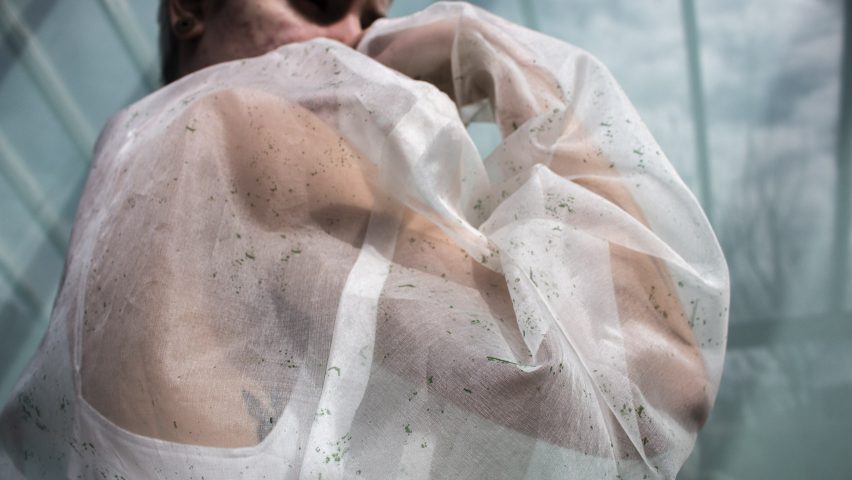
Biogarmentry clothes can photosynthesise like plants
Canadian-Iranian designer Roya Aghighi has created clothes made from algae that turn carbon dioxide into oxygen via photosynthesis, as a more sustainable alternative to fast fashion.
Named Biogarmentry, the clothes are the proof of concept for a textile made with living, photosynthetic cells. The project has been shortlisted for Dezeen Awards 2019 in the sustainable design category.
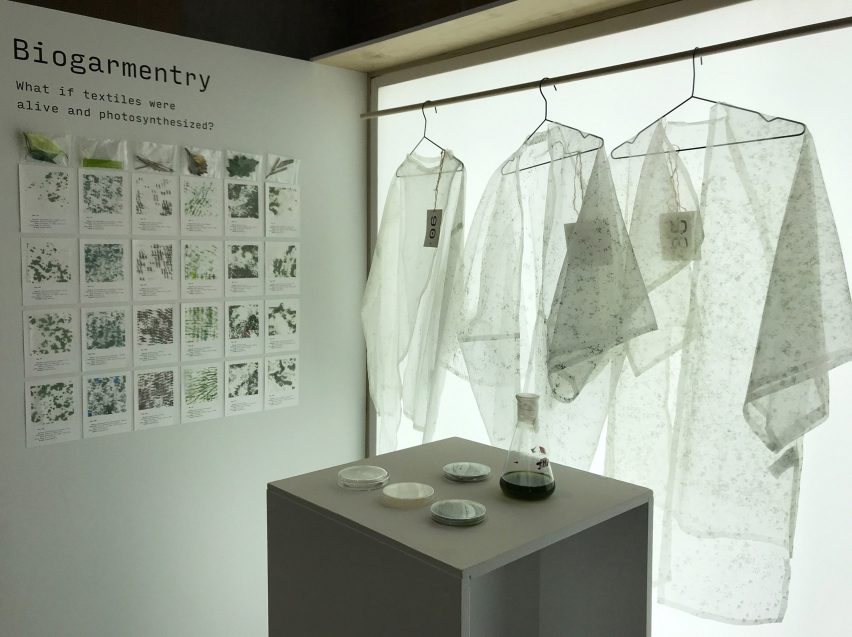
In a collaboration between the University of British Colombia (UBC) and Emily Carr Univeristy, Aghighi's biofabricated textiles are living organisms that respirate by turning carbon dioxide into oxygen.
"Biogarmentry suggests a complete overhaul rather than tinkering at the edges," said Aghighi.
"The living aspect of the textile will transform users' relationship to their clothing, shifting collective behaviours around our consumption-oriented habits towards forming a sustainable future."
To make the fabric for Biogarmentry, chlamydomonas reinhardtii, a type of single-cell green algae, are spun together with nano polymers.
The result, which feels like linen, is "the first non woven living and photosynthetic textile" to be created.
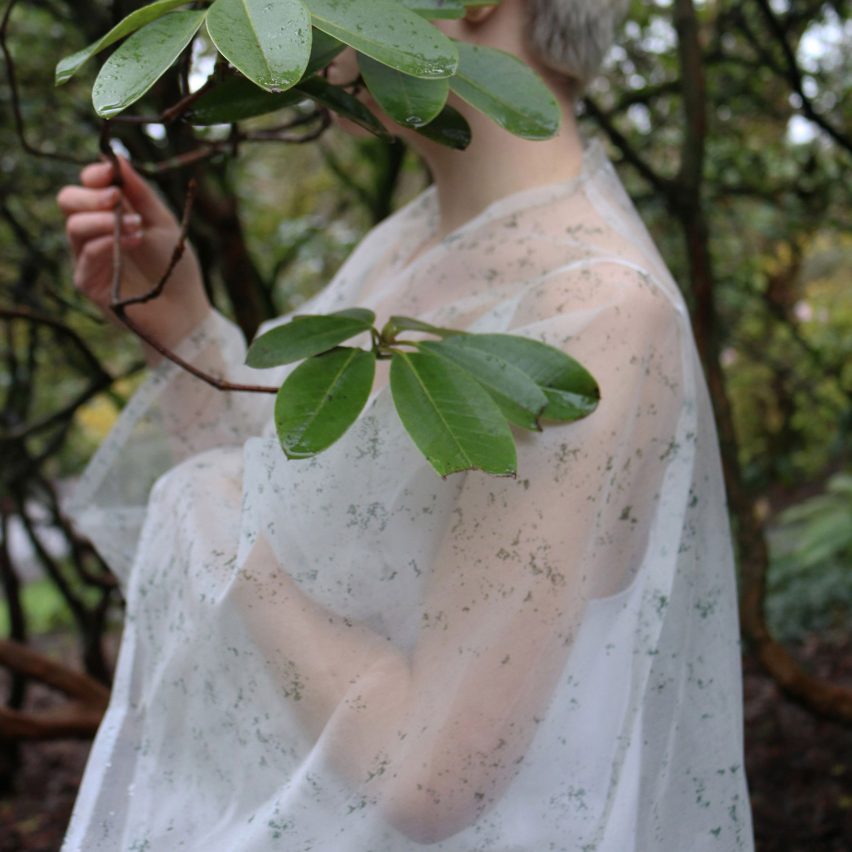
Wearers would need to take care of their garment as they would a plant in order to keep them alive, rather than engaging in the environmentally destructive practice of making synthetic clothes and discarding them after a few uses.
Biogarmentry is activated by being exposed to sunlight. Rather than wash their clothes, the owner would just need to spray them with water once a week.
"By making textiles alive, users will develop an emotional attachments to their garments," said Aghighi.
"Since the life cycle of the living photosynthetic textile is directly dependent on how it is taken care of, caring for clothes would regain ascendance as a crucial part of the system."
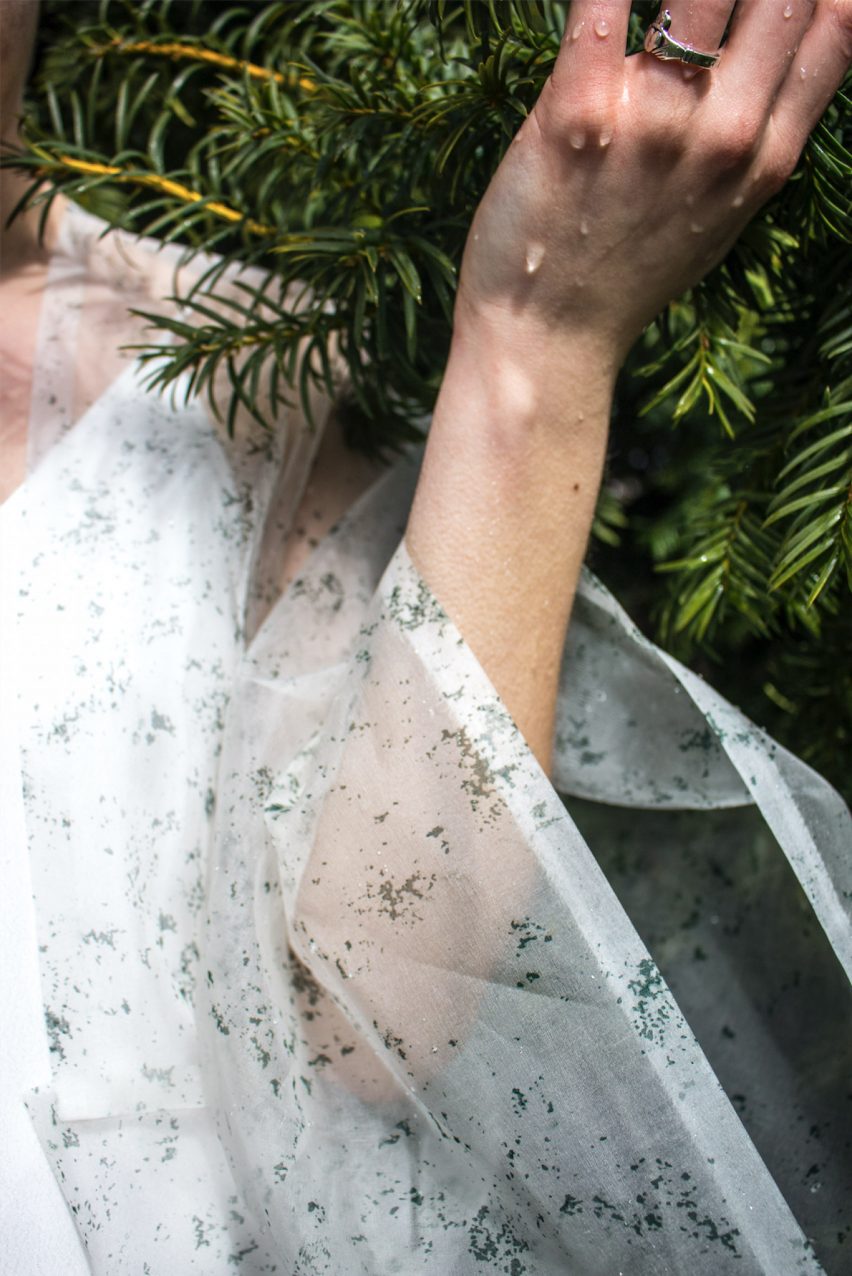
By turning carbon dioxide into oxygen, the clothes also improve the immediate environment of the wearer, and worn en masse could help regulate carbon emissions.
After the user is finished with the garment, it could be disposed of via composting. Currently the textile is expected to live for around a month, but this period can be extended if it is cared for properly.
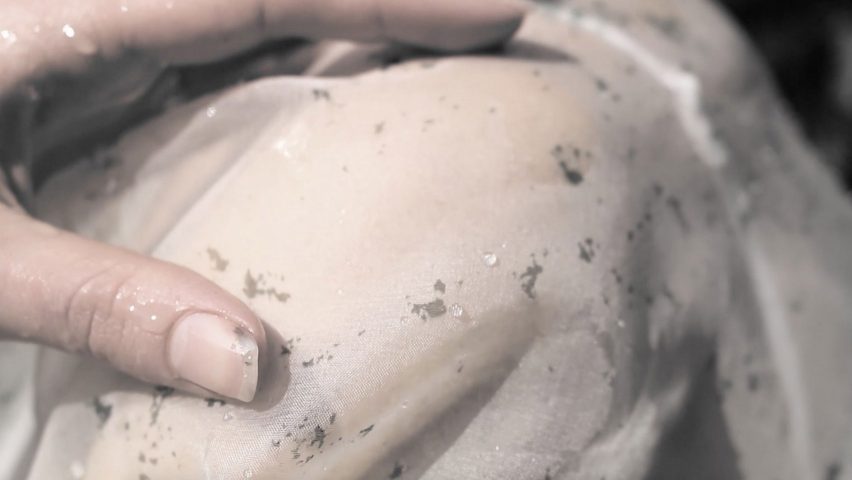
Biogarmentry's feasibility study was a joint undertaking by the Advanced Materials and Process Engineering Laboratory and the Botany Lab at UBC. Aghighi is currently a designer in residence at Material Experience Lab in the Netherlands.
Other recent designs in the field of biofabrication include headphones made from fungus and food packaging made from algae.
EcoLogicStudio is harnessing the power of photosynthesis with an algae-filled facade covering for buildings that filters air pollution, and Dutch designer Ermi van Oers has invented a lamp that helps plants to grow indoors.